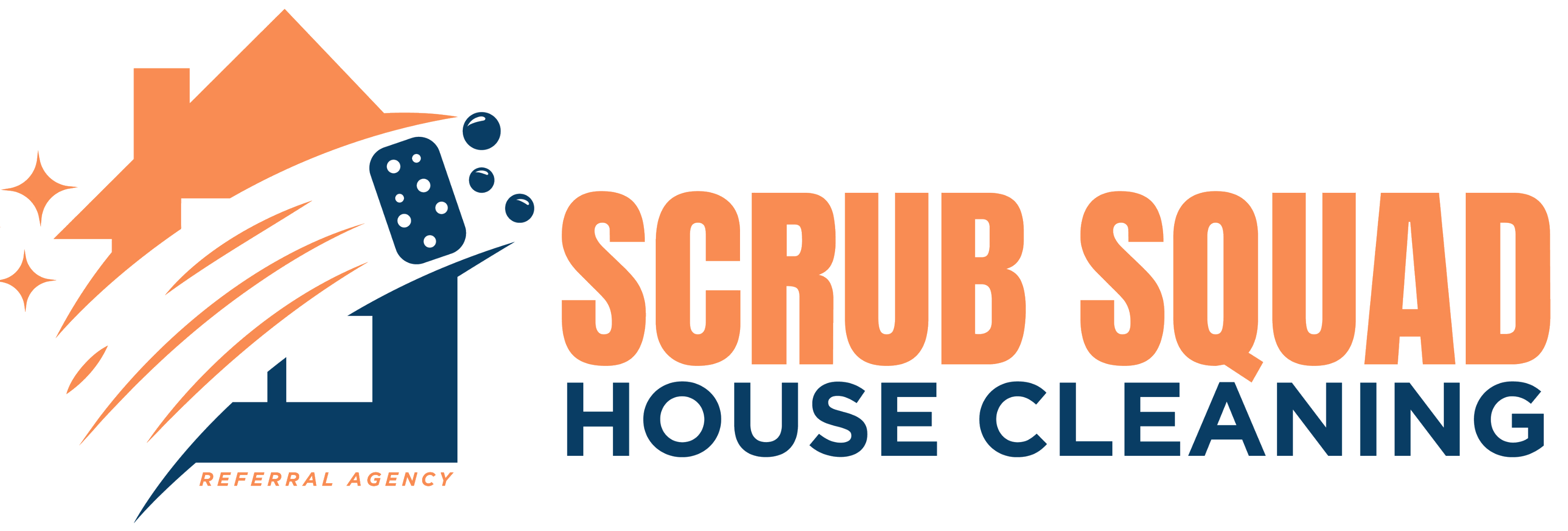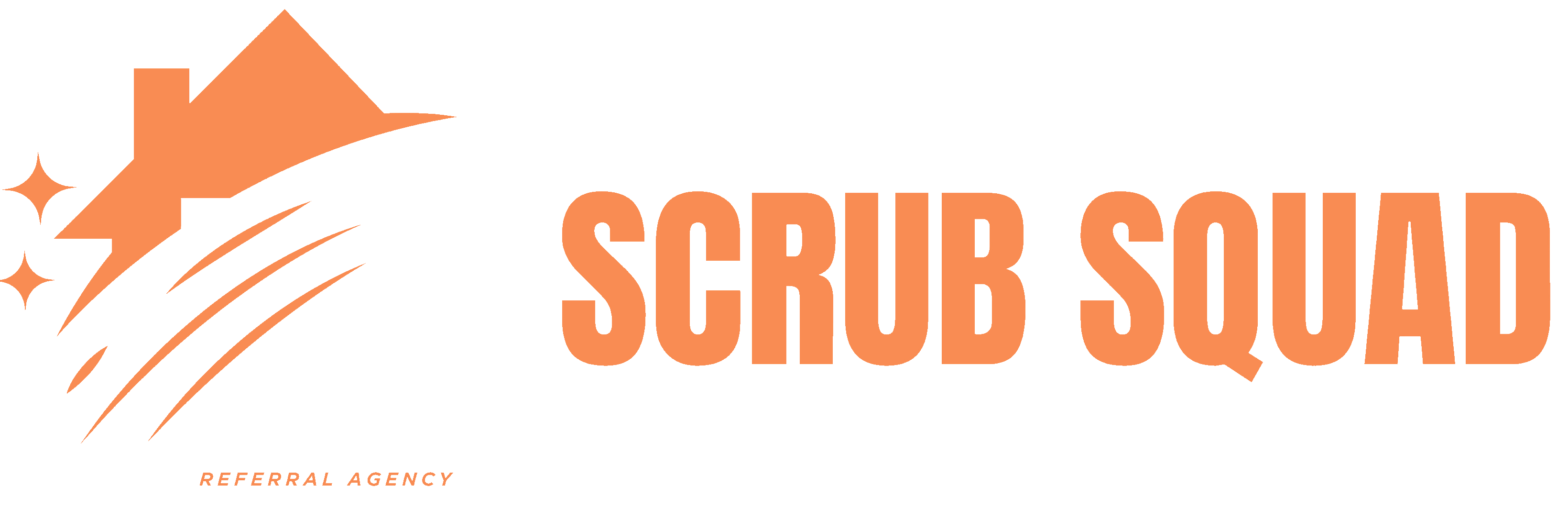In today’s environmentally conscious world, more consumers are turning towards so-called ‘eco-friendly’ cleaning products. These items are often marketed as a safer, more sustainable option, with labels adorned with leaves, earthy colors, and promises of ‘natural’ ingredients.
However, a deeper investigation reveals a disturbing reality behind these green promises.
The Misleading Labels
The first red flag arises with the terms used to market these products. Labels like ‘natural’, ‘organic’, and ‘non-toxic’ are thrown around liberally, yet they often lack standardization and certification. This lack of regulation creates a loophole where almost any product can be labeled as eco-friendly without substantial proof of its environmental or health benefits.
Research in Environmental Health Perspectives noted that some products labeled organic still emitted volatile organic compounds (VOCs) that are harmful to indoor air quality (Steinemann, 2015).
Hidden Toxins in Disguise
A deeper investigation into the ingredients of these products reveals even more concerning facts. Several so-called green cleaners contain chemicals like ammonia, chlorine, and phthalates – substances known for their adverse health effects. These toxins can cause a range of problems from skin irritation to more severe respiratory issues, especially in children and pets.
A 2021 research article in the Journal of Environmental Sciences reported that many cleaning products contain volatile organic compounds (VOCs), which, despite their natural origins, can exacerbate respiratory issues and contribute to indoor air pollution.
Environmental Impact: Not So Green After All
Many cleaning products, despite being labeled as ‘eco-friendly’, actually have a surprisingly negative impact on the environment. Studies, such as one by Oregon State University, has shown that a lot of these products contain harmful chemicals such as phosphates and VOCs (Volatile Organic Compounds).
These chemicals not only pollute our waterways but also can affect the air quality inside our homes. The worst part? Often, these harmful ingredients aren’t even listed on the product labels.
This situation really highlights a big problem in the cleaning product industry: what they claim to be sustainable and safe for the environment doesn’t always match up with reality. It’s a wake-up call for stricter rules and for us, as consumers, to be more aware and critical of the products we use.
The Consumer’s Dilemma
Surveys and studies indicate a rising consumer interest in eco-friendly cleaning products, driven by the belief that these choices are better for health and the environment. This trend, however, is often influenced by green marketing strategies, which use eco-centric packaging and labels to attract consumers. Despite this interest, there is a general lack of deep understanding among consumers about what truly constitutes an eco-friendly product.
Contrasting with these positive perceptions, there exists a significant gap between consumer expectations and the actual content of these products. Many so-called ‘green’ cleaners still contain harmful chemicals, such as phosphates and synthetic fragrances, contrary to what consumers expect from these products. This discrepancy leads to confusion and mistrust among consumers, highlighting the need for more transparent labeling and stricter regulation of eco-friendly claims in the cleaning product industry.
Moving Towards Real Eco-Friendliness
Manufacturers in the cleaning product industry should prioritize transparency by fully disclosing all ingredients and their environmental impacts. Adopting eco-friendly alternatives and sustainable manufacturing processes is crucial. Gaining certifications from environmental organizations can also help validate the eco-friendliness of their products, building trust with eco-conscious consumers.
Consumers, on the other hand, need to be vigilant. It’s important to look beyond green marketing and examine product ingredient lists for harmful chemicals. Opting for items with credible environmental certifications can offer more assurance of their eco-friendliness. Through informed choices, consumers can encourage manufacturers to adhere to genuine sustainability practices in their products.
Conclusion
In our exploration of “Green Illusion: The Hidden Truths of ‘Eco-Friendly’ Cleaners,” we’ve uncovered a significant gap between the eco-friendly promises made by cleaning product marketers and the reality of their impact on health and the environment. Despite the alluring green labels, many of these products contain harmful chemicals like VOCs, ammonia, and phthalates, which pose risks to our health and contribute to pollution.
This situation highlights the urgent need for greater transparency from manufacturers and more awareness among consumers. By truly understanding what goes into these products and demanding real eco-friendly options, we can push the industry towards practices that are genuinely good for our planet and our health.
It’s a reminder that being eco-conscious means looking beyond the labels and making informed choices for a cleaner, safer world.

